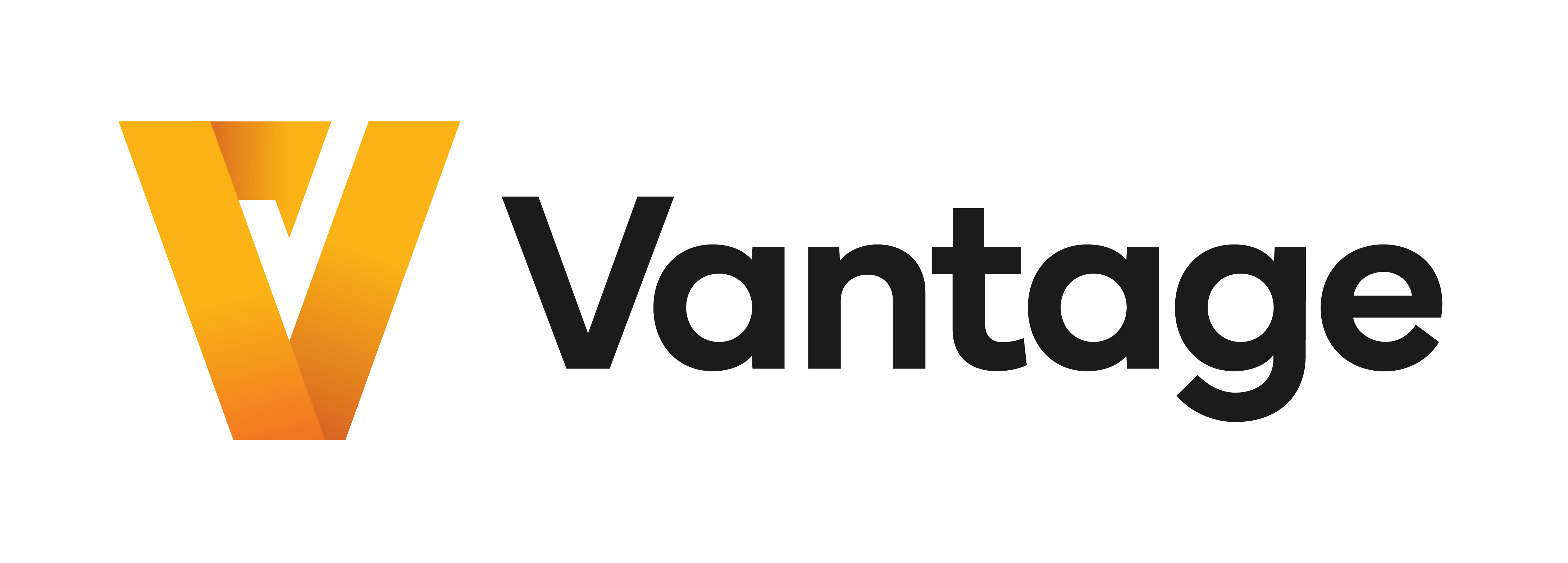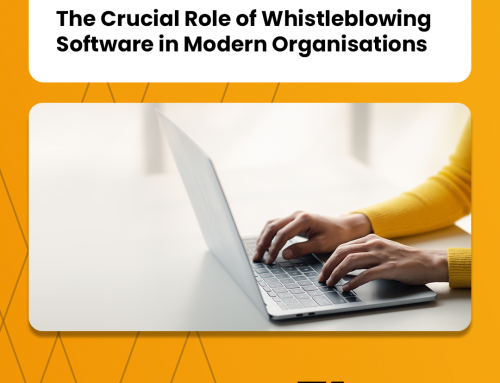
From machinery and equipment to digital resources, organisations rely heavily on their assets to thrive. However, maintaining and utilising these assets can be a daunting task, often leading to unnecessary costs if not managed effectively. Fortunately, with the adoption of digital technology, organisations can leverage asset management software to streamline their operations and significantly reduce costs. In this blog post, we will explore five impactful ways in which asset management software can help organisations save money and improve their operations.
1. Optimal Resource Utilisation
One of the primary benefits of asset management software is its ability to optimise resource allocation. By providing real-time insights into asset usage and availability, organisations can ensure that their resources are utilised to their full potential and are deployed efficiently. By utilising the assets and resources that are readily available, organisations can prevent the over-purchasing of assets and reduce instances of idle resources, thus making the most out of every investment and benefitting from substantial cost savings in the long run.
2. Preventative Maintenance and Reduced Downtime
Asset management software allows organisations to implement proactive maintenance strategies. From regular appliance testing to asset maintenance requests, by scheduling regular maintenance tasks and monitoring the health of assets in real-time, organisations can identify potential issues before they escalate into costly breakdowns. This preventative approach not only extends the lifespan of assets but also reduces downtime, ensuring that operations run smoothly without unexpected interruptions or equipment failure.
3. Efficient Inventory Management
For organisations dealing with a large amount of physical assets, potentially across multiple sites/locations, managing inventory and keeping a detailed asset register is a critical aspect of cost control. Asset management software provides advanced inventory management features, enabling businesses to track the location of their assets and the number of each asset accurately. By automating inventory processes and having accurate data on where assets are kept, organisations can minimise the risk of overbuying assets for a particular site that they may already own elsewhere. By efficiently keeping track of your inventory organisations can avoid unnecessary costs, leading to significant financial savings.
4. Enhanced Compliance and Reduced Penalties
Compliance with industry regulations and standards is non-negotiable for organisations. Failure to adhere to these regulations can result in hefty fines and penalties. Asset management software helps businesses stay compliant by tracking assets, licenses, and certifications. Automated notifications and alerts ensure that businesses are aware of upcoming renewals and deadlines, preventing costly fines due to non-compliance. By automating processes such as PAT testing and by keeping a detailed register of an assets lifecycle and disposal details, organisations can dramatically reduce the risk of non-compliance, in turn, reducing any penalties or fines from regulatory bodies.
5. Improved Decision-Making Through Data Analytics
Data-driven decision-making is a cornerstone of modern business strategies. Asset management software collects a wealth of data related to asset performance, usage, and maintenance history. By utilising data-analytics organisations can identify assets that require replacement due to performance issues or frequent maintenance, ultimately saving them money in the long run. Leveraging analytics tools allows organisations to gain valuable insights from their asset data. These insights empower organisations to make informed decisions, optimise processes, and identify cost-saving opportunities, leading to enhanced efficiency and reduced expenditures.
Investing in asset management software is a strategic move for organisations looking to reduce costs and improve their asset utilisation. By optimising resource utilisation, implementing preventive maintenance strategies, managing inventory efficiently, ensuring compliance, and leveraging data analytics, organisations can achieve substantial savings while enhancing their operational efficiency. Embracing this technology not only leads to immediate cost reductions but also paves the way for long-term sustainability and growth.











